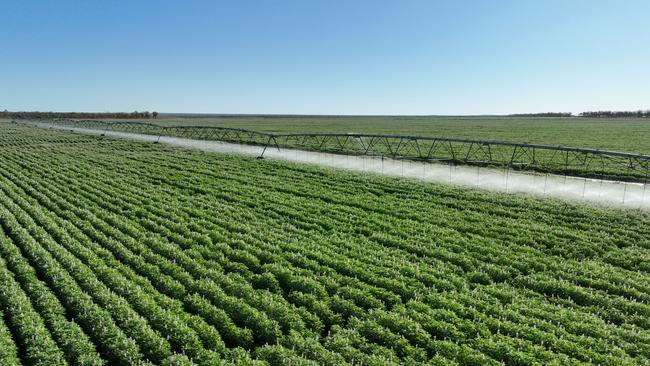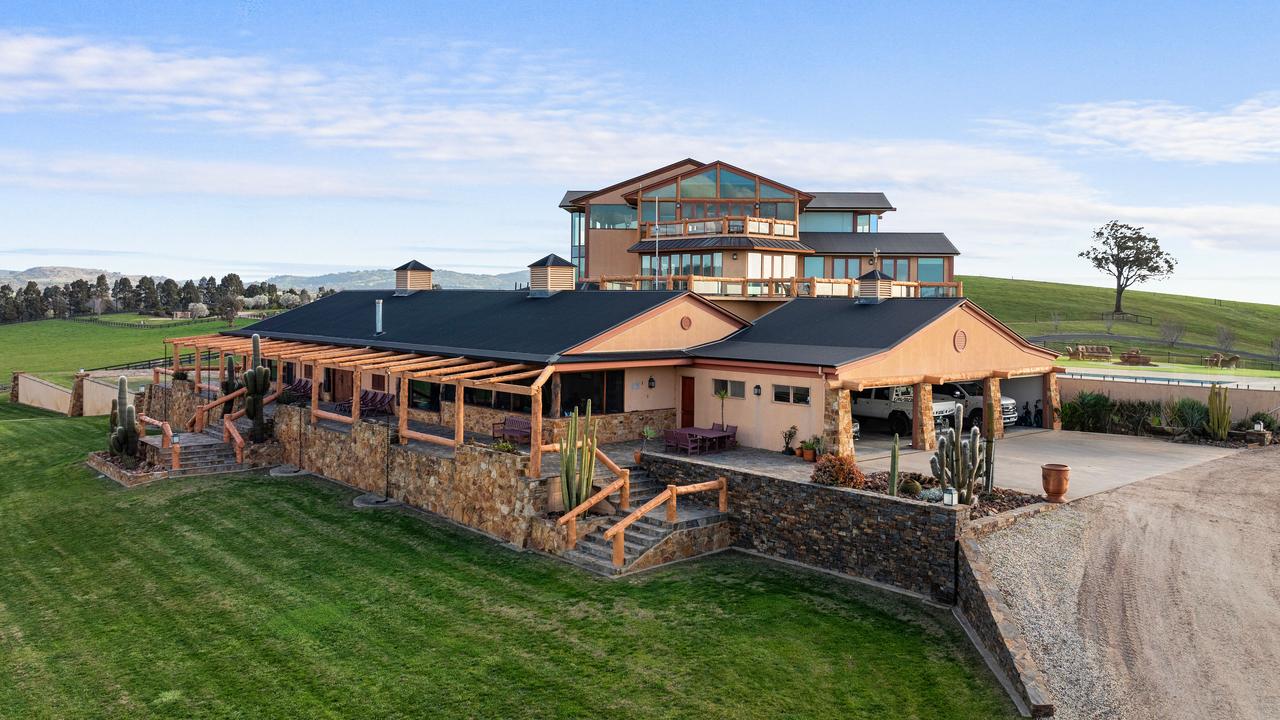Two Queensland stations list for $100 million-plus combined
Two unique Queensland stations have hit the market in separate listings, including a 44,000ha property in the state’s Far North.

Two unique Queensland stations have hit the market where they are expected to receive offers worth about $100 million combined.
Sundown Pastoral Co’s David and Danielle Statham are selling their 44,000ha St Ronans Station in Far North Queensland on the Mero Creek near Mt Surprise, five years after they acquired the mixed grazing and cropping property.
Prominent cotton growers, the Statham family are predominantly based at Moree including 26,300ha contiguous cropping aggregation Keytah, west of Moree, including the neighbouring Wathagar Gin facility, where they grow about 78,000 bales of cotton a year.
Offers worth more than $70 million are expected for the St Ronans Station, which comprises 1755ha of dryland cropping, 325ha of centre pivot and flood irrigation and 190ha of further arable cropping land with more than 38,000ha of native vegetation and grasslands, where they graze cattle conservatively.
St Ronans was one of the first group of properties to grow dryland cotton in the Far North
and is one of Sundown’s Good Earth Cotton initiative sites, which grows net zero carbon,
sustainable and traceable cotton.

Yields have averaged 5.5-6 bales per hectare while also producing corn, sorghum and lupins.
Sundown Pastoral Co director David Statham said St Ronans’ primary attraction was its suitability for renewable energy projects, from carbon offsets to the installation of a major
wind farm, and the potential to grow tree crops processed for Sustainable Aviation Fuel.
“We are currently developing the St Ronans Renewable Energy Hub (SRREH) as a joint
venture between Sundown Pastoral Co and the Australian renewable energy developer,
PROJECT.e,” Mr Statham said.
“The collection of wind data over the past year shows the site atop the Great Dividing Range has some of the best night-time wind speeds in North Queensland, with initial feasibility studies assuming a capacity of 1.8 gigawatts of wind generation plus battery energy storage.
“This would make St Ronans one of Australia’s largest renewable developments.”
Mr Statham said Sundown Pastoral Co would retain the development rights to the SRREH
and had started early engagement with Powerlink regarding access to transmission lines.
Over the past five years, St Ronans has monitored and measured the soil carbon
sequestration across 35,756 hectares, with 21 per cent growth in soil organic carbon
storage, equating to nearly 1.4 million tCO2-e.
Alongside the Statham’s cotton growing ventures St Ronans also has a carrying capacity of 5,500 Adult Equivalents as well as a 10,000 Standard Cattle Unit (SCU) feedlot which is currently developed to 2,000 SCU.
LAWD senior director Danny Thomas and director Elizabeth Doyle are handling the sale via expressions of interest closing October 31.

Meanwhile, a 15,258ha coastal station, Hollins Bay, located 200km north of Rockhampton, has been listed for sale priced at $30 million.
Held by private owners since 1992, Hollins Bay has historically run a cattle breeding and fattening operation, carrying a mixed herd of 3100 Red Brahman Belmont infused cattle.
A key feature of Hollins Bay is its marine plains which have the capacity to fatten cattle year-round, as well as 7280ha of undulating timbered forest ridges.





